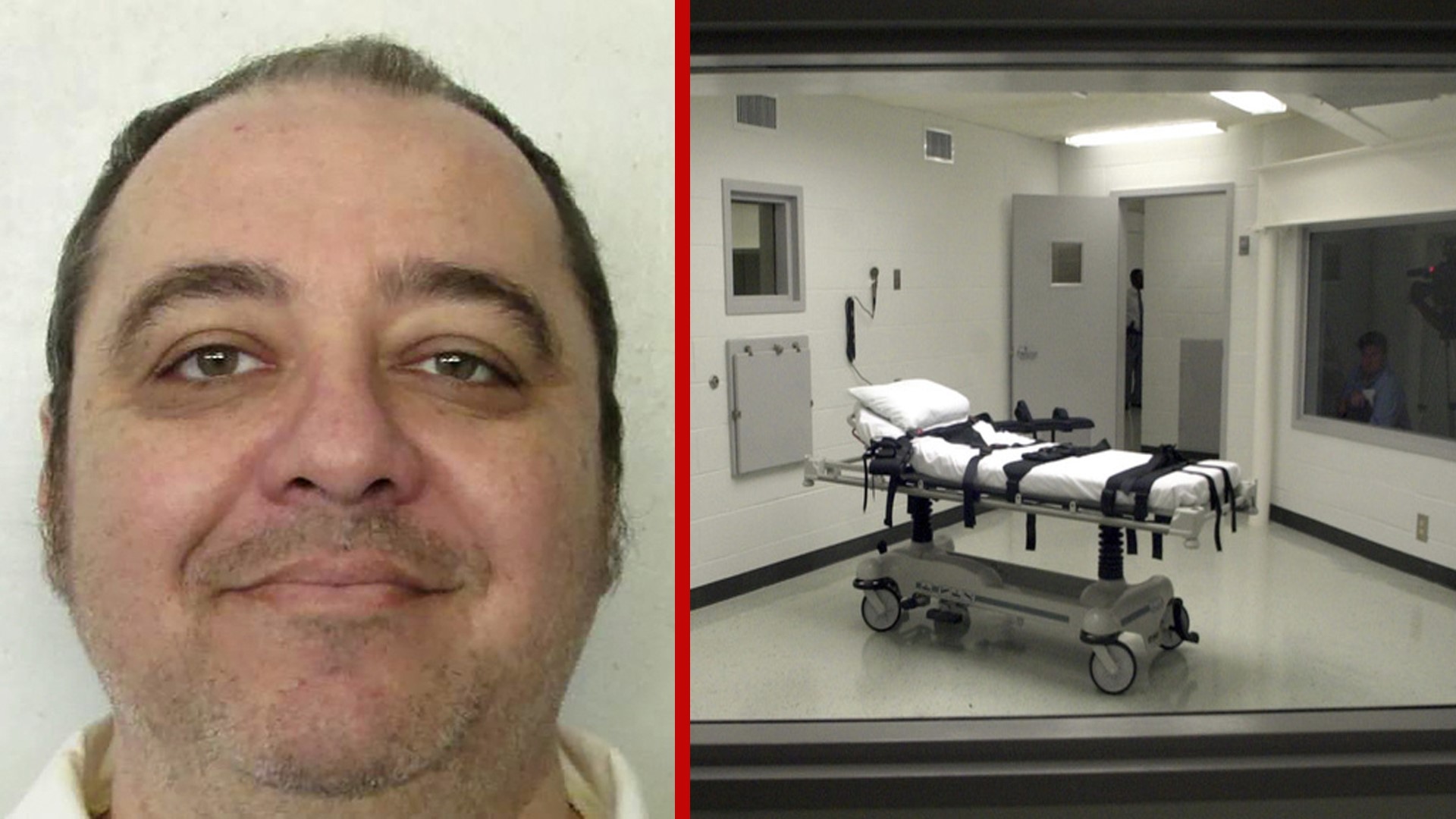
The first execution utilizing nitrogen gas in the United States has brought attention to the country’s use of capital punishment. Kenneth Eugene Smith, convicted of a 1988 murder-for-hire, became the first person to be executed by Nitrogen Hypoxia in the southern state of Alabama on Thursday. The state attempted to kill him by lethal injection on November 22, but the procedure failed. Following that, Smith chose a fresh method of execution. The United States has a lengthy history of producing execution procedures that soon became widely adopted, beginning with electrocution in the early 1900s to replace hangings, then the gas chamber, and finally lethal injection, which was created by an Oklahoma doctor in the 1970s.
Three states have authorized the use of this gas, a method the United Nations has likened to “torture”
However, whereas most executions in the United States use lethal injection, Smith was the first to be executed with nitrogen gas. Between 2019 and 2023, the United States carried out 89 of its 92 executions by lethal injection. According to The Economist, the surgery normally involves three drugs: an anesthetic, a paralytic, and a chemical that stops the heart. However, in recent years, numerous American pharmaceutical companies have stopped delivering these medications because they do not want to be connected with capital punishment. Capital punishment has been abolished in 23 US states, while the governors of six others — Arizona, California, Ohio, Oregon, Pennsylvania, and Tennessee — have halted its implementation. Five states have approved the use of firing squads, but the last execution carried out using this method was in 2010 in the western state of Utah. But three states have authorized the use of nitrogen gas, a method the United Nations has likened to “torture.”
Nitrogen comprises 78% of the air. It is only safe to inhale when combined with oxygen (21%). During nitrogen hypoxia, the inmate breathes pure nitrogen through a respirator mask, which is then replaced with pure nitrogen. This deprives the person of oxygen, causing unconsciousness in a few seconds and death within a few minutes. According to research, oxygen deprivation can cause discomfort comparable to that of a heart attack. Nitrogen hypoxia might cause the prisoner to defecate or vomit while still conscious.
Oklahoma was the first state to consider using nitrogen gas nearly a decade ago, following the botched execution of Clayton Lockett in 2014. Lockett clenched his teeth, moaned, and writhed on the gurney before a doctor noticed a problem with the intravenous line, and the execution was halted 43 minutes later before Lockett died. According to Alabama Attorney General Steve Marshall, Kenneth Smith’s execution went as planned. Smith trembled and writhed on the gurney for at least two minutes in an Alabama prison after being placed with a face mask that forced him to breathe pure nitrogen while depriving him of oxygen. His respiration stopped, and he was ruled dead.
The Nitrogen execution is extremely painful and distressing, which makes it highly controversial
The Nitrogen execution is extremely painful and distressing, which makes it highly controversial. Reverend Jeff Hood, the murderer’s spiritual advisor, described the 22-minute execution as a “horror show,” during which he writhed and thrashed for several minutes. The American Veterinary Medical Association said in its 2020 euthanasia recommendations that nitrogen hypoxia is an unacceptable technique of euthanasia since it is “distressing.”. When the prisoner’s mask is not properly positioned, the nitrogen gas may leak, endangering others in the room, including a spiritual adviser. For years, numerous other states, including Alabama, have struggled to perform fatal injections or procure the deadly medications because manufacturers disagree with their products being used to kill people.
Both the American Medical Association and the American Board of Anesthesiology forbid their members from participating in such executions. The initial attempt to execute Kenneth Eugene Smith was halted when officials tried to insert an intravenous line into his arm. According to The Economist, this was Alabama’s third execution attempt in a row where officials struggled to administer deadly injections.
